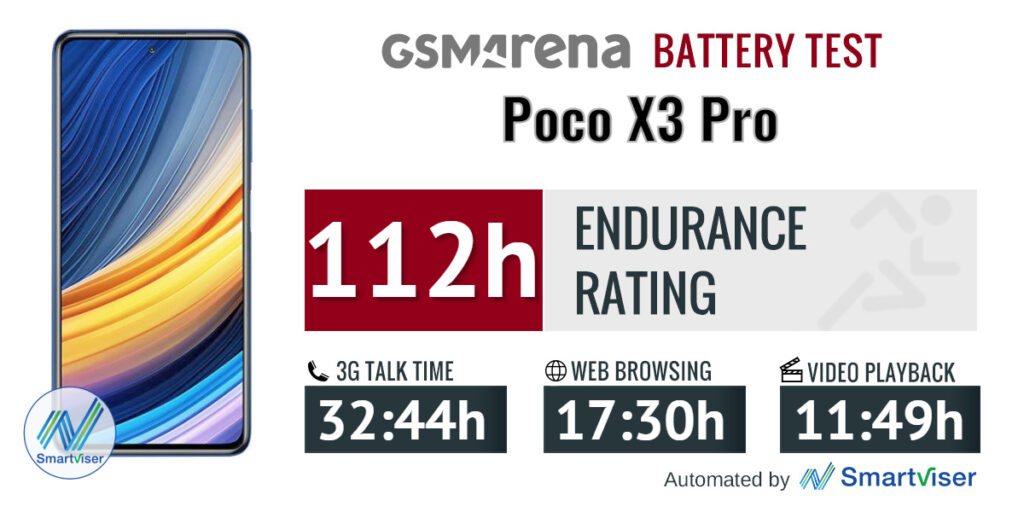Overseas, in other markets, this shouldn’t be a problem based on my experience with the Redmi Note 9T. Unlike the Poco X3 NFC which had a Snapdragon 732, this device gets an impressive bump up to the Snapdragon 860 7nm processor. It is the first smartphone to run on the Snapdragon 860 which is essentially a rebadged Snapdragon 855+ processor from late 2019. Xiaomi provided AndroidHeadlines with a review unit of the Poco X3 Pro. This review was written after using the device for more than 7 days. The phone is running MIUI 12 on top of Android 11 with the April 2021 security patch. Xiaomi did not have any input into the review and is seeing this review at the same time as our readers.
Both the phones are powered by Android 11 topped with MIUI 12. The Poco X3 pro comes with the Poco launcher which it claims is ad-free.
The Poco F3 has a much more premium look to it as it is also the costlier of the two. The Poco X3 Pro also has an obnoxiously large POCO branding on the bottom of the phone. I am not a fan of aggressive branding on phones but your taste may vary. Poco X3 Pro also uses two shades of color while the Poco F3 uses a single color. The launch of Poco X3 Pro and Poco F3 has got me very excited, they should offer tremendous value and blazing fast performance. Read on to know how they fare against each other and which one would be better for you. The Poco X3 Pro has stellar hardware, one of the best high refresh rate LCD displays, excellent battery life, and 33W fast speedy charging.
- The Poco F3 being the more premium model comes with a 6.67-inch FHD+ AMOLED display with up to 120Hz refresh rate.
- We didn’t face any issues with wireless audio streaming in our time with the phone.
- Interestingly though, the designs of both these stock firmware phones are not new and they are borrowed from predecessors.
The difference in the names reflects in their prowess and performance. While the Snapdragon 732G is a very efficient processor in its own right, it is going up against a high-end processor, the Snapdragon 860. The Redmi Note 10 Pro Max handles casual gaming very well and will even be able to offer you a reasonably high-end gaming experience. This means in no way lags would dominate the high-end gaming experience on the Note 10 Pro Max but the phone will feel as if it can be pushed too far.

You’ll quickly detect the difference if you’ve previously used some other custom ROMs. You can customize this ROM to any extent; however, it features Quick Settings, Status bar, Lock Screen, Navigation, Buttons, Sound, and Recent Screen Customizations.
